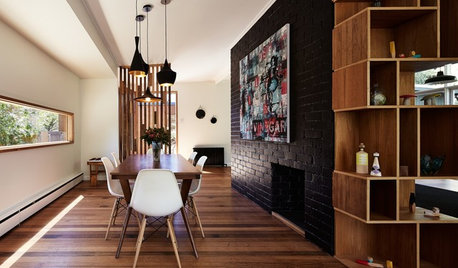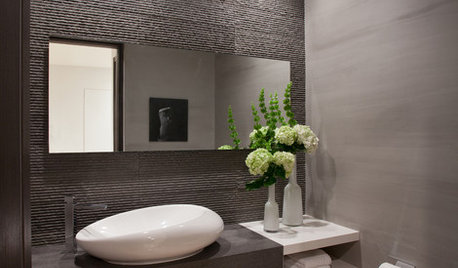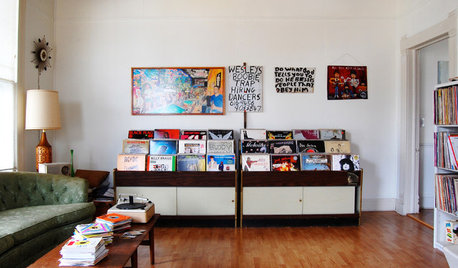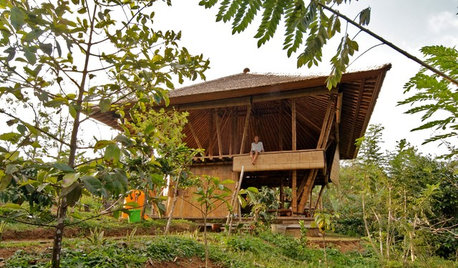Hi all,
I writing an article for our club newsletter as I was hoping to get a bit of feedback from all you guys.
Your comments and suggestions would be really appreciated.
********
Air Layering (also known as pot layering or marcottage) is one technique for which can be used to propagate Trees. A portion of the trunk or large branch is encouraged to grow new roots while still attached to the parent tree. Once the root have gown sufficiently it is then removed and planted as an independent tree.
It is believed that the technique of air layering was developed four centuries ago by the Chinese and is used to propagate plants which can be problematic to root. During that time this method of propagation was only used by the most experienced plantsman. However, since the development of plastic air layering has become a practical method of propagation for the home gardener.
Any form of layering (including air-layering) is an asexual propagation process, so all plants produced have the same flower, fruit and foliage characteristics of the parent plant.
For optimum rooting Air layers are usually made in the spring on wood of the previous seasons growth, or, in the late summer with partially hardened shoots.
In the process of air layering, the bark, the cambium, and the phloem layer are removed by cutting away about a 2-3cm (1inch) wide strip of bark around the circumference of the branch or trunk. You may have increased success if you choose an area just below a node (where leaves attach to the stem). This procedure is called Girdling, (or ring barking). Traditionally a knife Kawasumi and Kawasumi (2006) reported that a more natural looking root flare at the base of the tree can be created by scraping the bark creating a ragged edge rather than slicing.
Like all plants, trees use two vascular tissues for transportation of water and nutrients: the xylem (also known as the wood), and the phloem. Girdling results in the removal of the phloem, the leaves transport sugar (sucrose) to the root via the xylem so where the xylem is removed there is a build-up of sugar.
The xylem is left untouched, and the tree can still transport water and minerals from the roots to the leaves. This means the leaves wonÂt dry out and are still able to photosynthesise and create sucrose which is transport to the girdle site.
With the removal of the cambium layer the tree is unable to regenerate the phloem so the area does not heal over. Dust rooting hormone between the two exposed surfaces, especially the upper edges of the exposed stem.
Completely cover the wound with two handfuls of moist sphagnum moss to create a ball around the wound site. It has been reported that increased success can be obtained by soaking the sphagnum moss for 1 hour in Superthrive or a similar vitamin B1 solution. The sphagnum moss should be squeezed after soaking so it is damp but not wet.
It is important that the moss to remains moist at all times. To accomplish this wrap the sphagnum moss in clear plastic so the polyethylene is longer than the sphagnum moss ball. Tie the top and bottom of the clear plastic so it looks like a Christmas cracker. Now cover with black plastic (such as a bin bag) or Aluminium Foil, the reason for the two layers of plastic is because roots prefer dark conditions to grow but by using two layers we can remove the outer black plastic to check root development without disturbing the roots. Attach a label to the stem to remind yourself when the air layer was begun. Air layering can take from 2 weeks to several months for sufficient roots to form.
Once a substantial amount of roots can be seen inside the clear plastic bag you can remove it from the parent tree and plant it. Do not disturb the moss and new roots, since the roots will break easily.
Many plants are lost in the final stage of the process because the root system is not sufficiently developed to sustain the top portion of the new plant. If the top portion of the layer is quite large, some leaves should be removed to reduce water loss from transpiration. This enables the new plant to become established more rapidly. Once the air layer has been removed and planted, humidity should be kept high. The use of a clear polyethylene bag over the pot can be used to do this.
Janos, Schroeder, Schaffer and Crane (2001) reported that when placing the air-layer in its own pot the introduction of mycorrhizal fungi may increase growth. Mycorrhizal fungi can be purchased in a powder form.
Related links
New Plants From Layering - www.hort.purdue.edu/ext/HO-1.pdf
Botanical Garden, Vol. 1 Issue 3 - http://www.botgard.ucla.edu/html/MEMBGNewsletter/Volume1number3/Diggin.html
Janos, Schroeder, Schaffer and Crane, 2001. Inoculation with arbuscular mycorrhizal fungi enhances growth of Litchi chinensis Sonn. trees after propagation by air-layering, Plant and Soil, Volume 233, Number 1. - http://www.springerlink.com/content/q674484754163322













calistoga_al ca 15 usda 9
top_catyOriginal Author
Related Discussions
Air layering
Q
Air Layering...
Q
Looking for advice on air layering
Q
New Project-Air layering
Q
rhizo_1 (North AL) zone 7